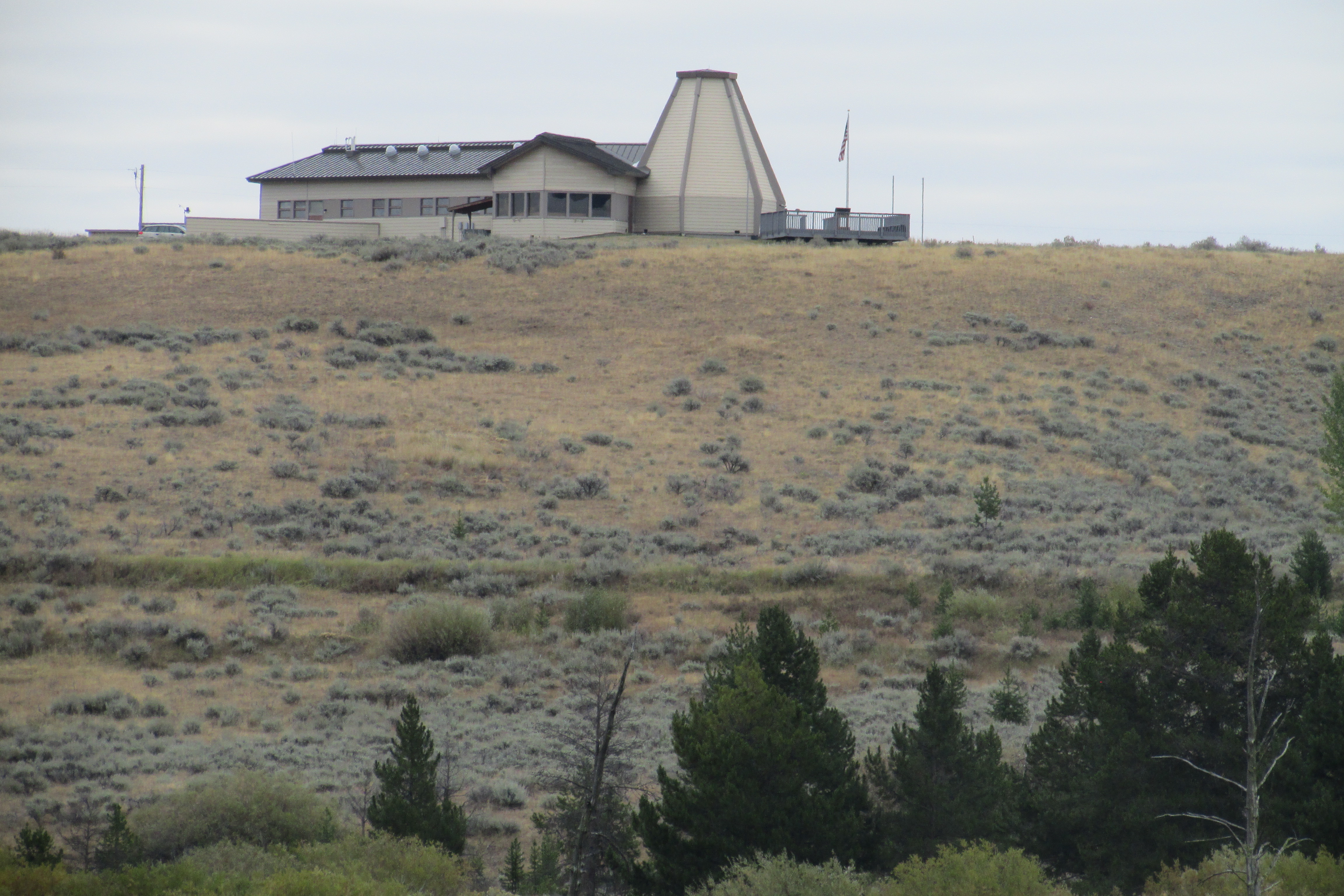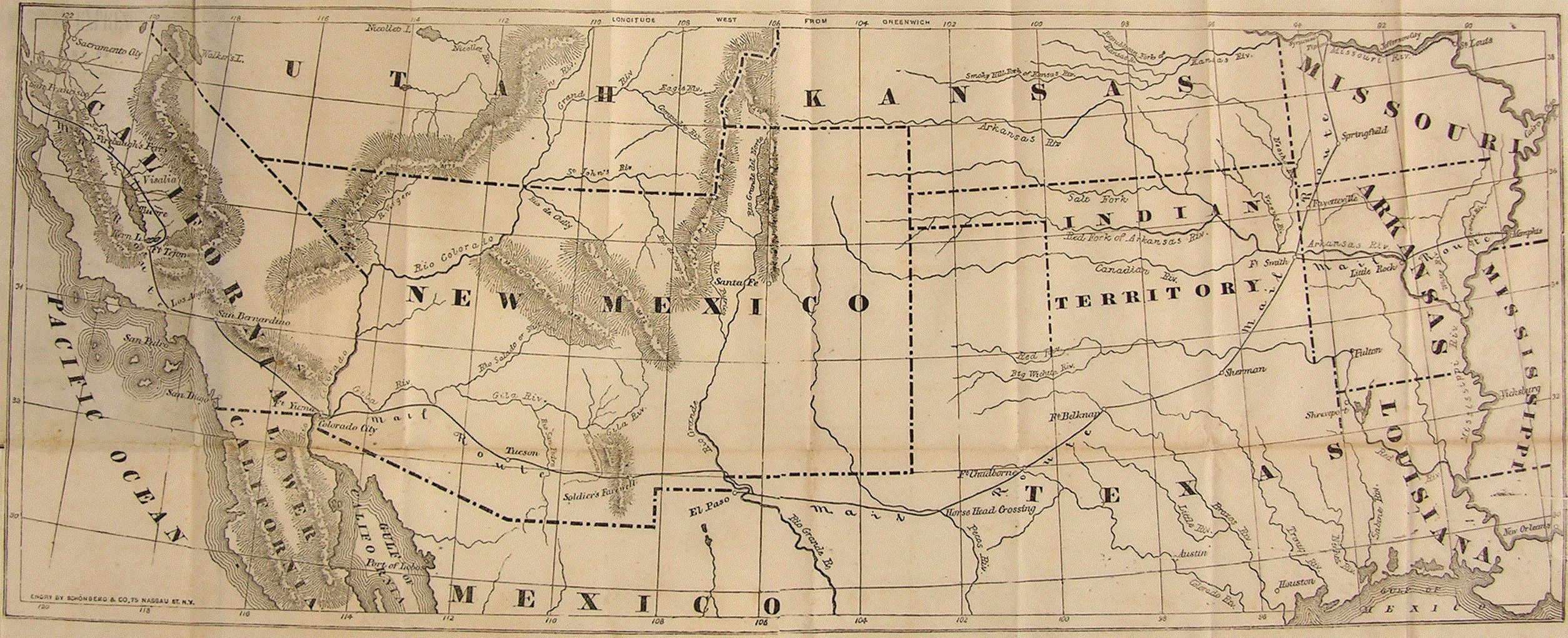A Journey Through Time: Exploring Big Hole National Battlefield
Planning a visit? Check out the Big Hole National Battlefield page for visitor info, directions, and what to do when you get there.

CONTENT:
Introduction
Nestled in the majestic landscape of western Montana lies an unforgettable testament to Native American history – the Big Hole National Battlefield. Amidst rolling valleys and towering Ponderosa pines, this park whispers tales not just of natural beauty but also intimate narratives stitched within the fabric of America’s past. It is here that visitors eagerly step into a living museum, transporting themselves back to a pivotal period in our nation’s heritage.
Historical/Cultural/Geological Background
The story behind Big Hole National Battlefield begins with the Nez Perce (Nimiipuu) people whose ancestral lands stretched across present-day Idaho, Oregon, Washington, and Montana. However, it’s their tragic retreat from US government forces in 1877—the crux of the Nez Perce War—that is prominently commemorated here. The Battle of the Big Hole was one of many skirmishes during this arduous conflict when both native warriors and U.S Army soldiers fought fiercely for survival and control over these sacred lands.
Geologically-speaking, Big Hole National Battlefield features an alluring canvas painted with diverse topography. From sloping hillsides dotted with wildflowers to scenic tributaries winding across floodplains—this battlefield offers visual tranquility often contrasted by its somber historical significance.
Activities Guide
Beyond its gripping historical chronicles, Big Hole National Battlefield also provides ample opportunities for outdoor pursuits. History buffs will appreciate the well-curated Visitor Center with its interactive exhibits and invaluable artefacts. Here, you can avail a self-guided audio tour available in English and Nez Perce language, an immersive journey that transports listeners to the heart of the battlefield.
For those seeking tranquility amidst nature, multiple hiking trails offer diverse experiences. The 1.6-mile Battlefield Trail weaves through significant heritage sites such as warrior’s ridge, while the shorter ¼ mile trail connects the Visitor Center to the Nez Perce Camp—both wrapped in breathtaking vistas of surrounding landscapes.
Visitor Information
The battlefield is open year-round with free admission, although winter can occasionally limit access due to snowfall. The Visitor Center operates from early June until late September but remains closed during winter months. The park encourages visitors to practice ‘Leave No Trace’ principles to preserve this cherished historical site for future generations.
Tips for Different Visitors
While Big Hole Battlefield caters to a wide range of interests, it holds specific appeal for different visitor categories:
History Enthusiasts: Take advantage of guided tours, interpretive programs, and insightful presentations.
Outdoor Adventurers: Pack a picnic lunch or immerse yourself in birdwatching – these tranquil lands are home to over 100 bird species.
Photographers: Capture ethereal sunrise or sunset moments against Montana’s staggering mountain backdrop.
Families: Engage children with Junior Ranger Program activities that blend education with fun-filled exploration.
Regional Context
Situated near Missoula—one of Montana’s cultural hubs—Big Hole National Battlefield offers plentiful options for extending your trip. Explore Missoula’s historic downtown, savor local brews at microbreweries, or taste extraordinary cuisine at farm-to-table restaurants nearby.
Conclusion
FAQs
1. How can I get to Big Hole National Battlefield? You can reach the park by car via Highway 43 from either Missoula, Montana or Idaho Falls, Idaho.
2. Are there camping facilities available at the battlefield? While there are no camping facilities within the park itself, Beaverhead-Deerlodge National Forest nearby offers various camping options.
3. Are pets allowed in the park? Yes, pets are permitted but must be kept on a leash at all times.
4. Can I visit the battlefield during winter? Yes, although snowfall may limit accessibility and the Visitor Center remains closed during winter months.
5. Are guided tours available throughout the year? Guided tours and interpretive programs run primarily during summer months when the Visitor Center is open.
Tags
#BigHoleNationalBattlefield #Montana #NezPerceWar #HistoricalParks #USNationalParks #OutdoorActivities #CulturalHeritage #NaturePhotography
Frequently Asked Questions
What are the operating hours and admission fees for Big Hole National Battlefield?
Big Hole National Battlefield is typically open year-round, though specific hours may vary by season. Most national parks charge an entrance fee, but some sites are free to visit. Check the official NPS website for current hours and fee information.
How long should I plan for a visit to Big Hole National Battlefield?
A typical visit to Big Hole National Battlefield can range from a few hours to a full day, depending on your interests and the activities you choose. Allow extra time for hiking, photography, and exploring visitor centers.
What should I bring when visiting Big Hole National Battlefield?
Essential items include comfortable walking shoes, water, snacks, sunscreen, and weather-appropriate clothing. Bring a camera to capture the scenic views and consider binoculars for wildlife viewing.
What is the best time to visit Big Hole National Battlefield?
The best time to visit depends on your preferences and the activities you plan to enjoy. Spring and fall often offer pleasant weather and fewer crowds, while summer provides the longest daylight hours.
Is Big Hole National Battlefield accessible for visitors with mobility needs?
Many areas of Big Hole National Battlefield are accessible to visitors with mobility needs, including paved trails and accessible facilities. Contact the park directly for specific accessibility information and current conditions.

